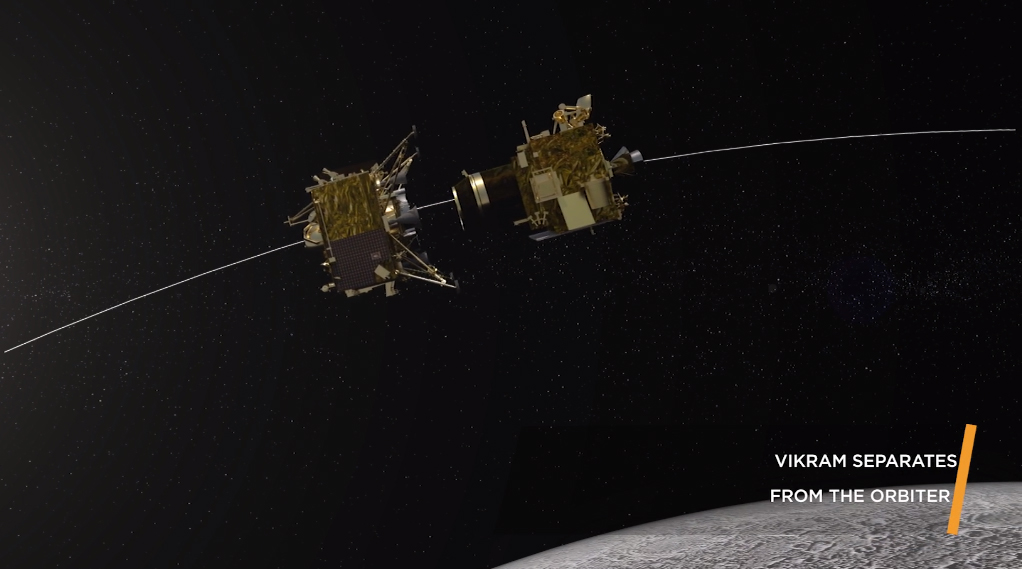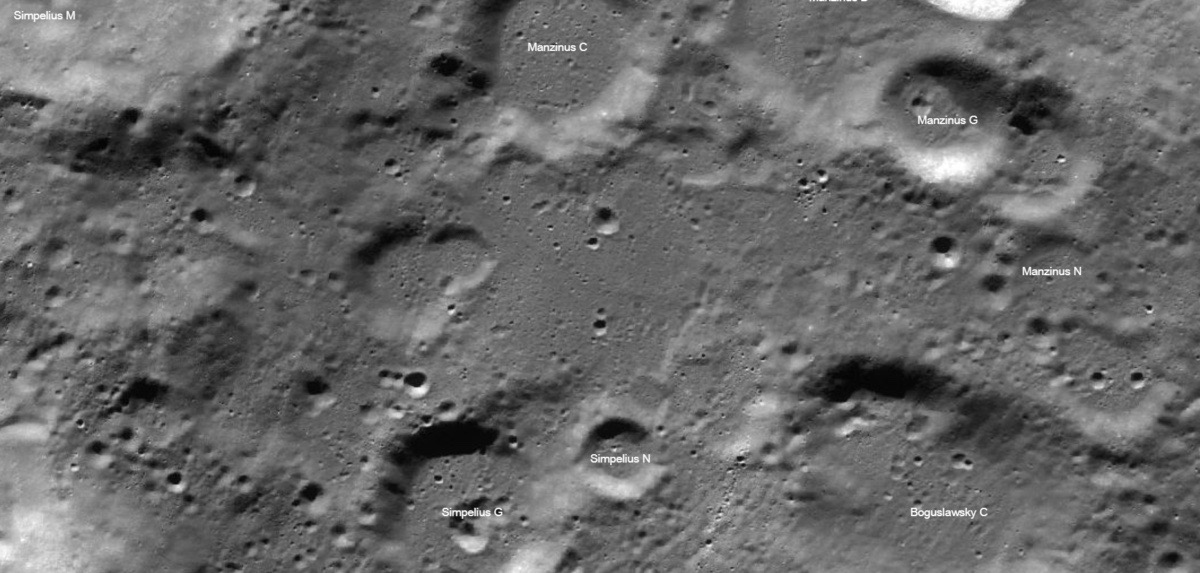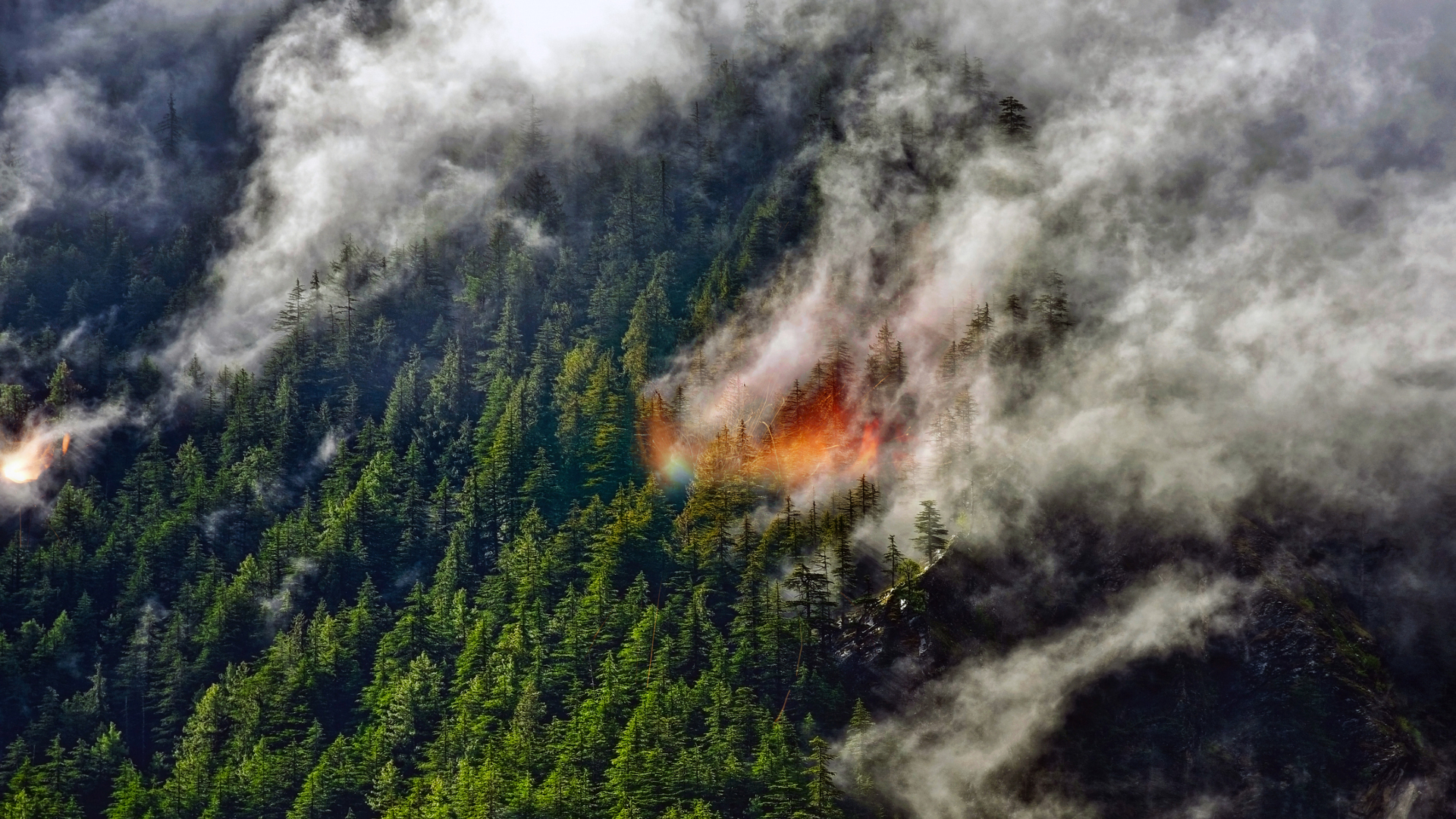NASA Moon Orbiter Fails to Spot India's Lunar Lander: Report

We're still waiting for our first look at the apparently dead Vikram on the lunar surface.

NASA’s Lunar Reconnaissance Orbiter (LRO) has reportedly failed to spot India’s Chandrayaan-2 lunar lander, which apparently crashed during its Sept. 6 touchdown attempt.
LRO’s Lunar Reconnaissance Orbiter Camera instrument, or LROC, imaged the intended south pole touchdown site for the lander, which is called Vikram, as planned yesterday (Sept. 17), Aviation Week's Mark Carreau reported. But "long shadows in the area may be obscuring the silent lunar explorer," Carreau wrote.
“It was near dusk as the region prepares to transition from a two-week lunar day to an equally long lunar night, so shadows covered much of the region, and Vikram may not be in the LROC’s field of view," Carreau wrote, citing a NASA statement. (The Aviation Week article is behind a paywall.)

LROC lead investigator Mark Robinson, of Arizona State University, provided the following statement to Inside Outer Space: "Per NASA policy, all LRO data are publicly available. NASA will share any before and after flyover imagery of the area around the targeted Chandrayaan-2 Vikram Lander landing site to support analysis by the Indian Space Research Organization."
The statement also noted that, during the Sept. 17 LRO flyover of the area, local lunar time was near dusk, "leading to poor lighting and a challenging imaging environment."
- India's Space Program: Complete Coverage
- Amazing Moon Photos from NASA's Lunar Reconnaissance Orbiter
- Stunning Photos Show Earth from India's Spacecraft Headed to the Moon
Leonard David is author of the recently released book, "Moon Rush: The New Space Race" published by National Geographic in May 2019. A longtime writer for Space.com, David has been reporting on the space industry for more than five decades. Follow us on Twitter @Spacedotcom or Facebook.
Breaking space news, the latest updates on rocket launches, skywatching events and more!

Leonard David is an award-winning space journalist who has been reporting on space activities for more than 50 years. Currently writing as Space.com's Space Insider Columnist among his other projects, Leonard has authored numerous books on space exploration, Mars missions and more, with his latest being "Moon Rush: The New Space Race" published in 2019 by National Geographic. He also wrote "Mars: Our Future on the Red Planet" released in 2016 by National Geographic. Leonard has served as a correspondent for SpaceNews, Scientific American and Aerospace America for the AIAA. He has received many awards, including the first Ordway Award for Sustained Excellence in Spaceflight History in 2015 at the AAS Wernher von Braun Memorial Symposium. You can find out Leonard's latest project at his website and on Twitter.
